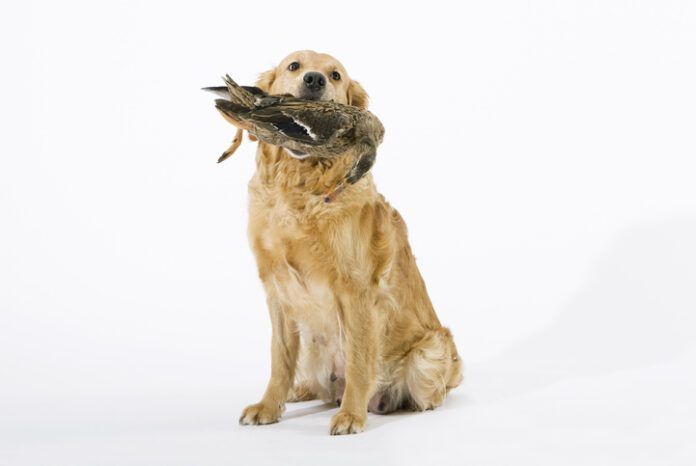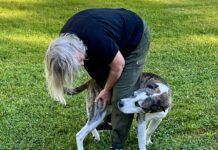The “bird flu”, or avian influenza, has been around for a long time; it’s circulated in wild birds since the late 1990s. But like all viruses, it mutates over time—and influenza viruses are known to mutate very quickly. What’s more, some emerging strains are deadlier than others, and that’s the case with the latest avian influenza virus, which initially emerged in 2021-2022. This strain has been labeled as “highly pathogenic,” meaning it causes severe disease and has high mortality rates.
Some states are seeing extremely high numbers of dead wild birds. In places like Chicago, people have called the city to report hundreds of dead ducks and geese washed up on the shore of Lake Michigan. Large numbers of dead migratory birds have been reported in Michigan, Massachusetts, Kansas, Colorado, Montana, and Idaho. Further, bird flu has been detected in a number of animals that kill and eat sick birds with the infection, or that scavenge on birds that have died of the infection, including rats. According to the California Department of Public Health, avian influenza has been found in mountain lions, raccoons, fishers, skunks, and bobcats. Most infections in wildlife have been detected in the fall season when migratory birds pass through California. Hundreds of dead seals with the infection have been found on beaches worldwide.
So that’s where dogs and dog owners come in. The attraction of dogs to dead animals is legendary. Dogs like to roll in, and some dogs will try to eat, any dead animals they may come across. If you find a dead bird on your walk, make sure your dog does not come in contact with it! And if you walk your dog in an area where a large number of dead birds have been reported, keep them on leash and don’t let them near the dead birds. Prevent them from chasing geese or ducks that are lingering in parks, and don’t let them eat water fowl poop!
Further, according to the American Veterinary Medical Association (AVMA), “Cats and dogs may become infected if they eat sick or dead infected birds, drink unpasteurized milk or cream from infected cows, or eat undercooked or raw meat, and there might be other ways the virus spreads. Although the likelihood of dogs catching avian influenza continues to be very low, several barn/feral cats have become severely ill from H5N1 infection since the outbreak in cattle began.”
Here is more information from the AVMA about the potential for avian influenza in cats and dogs:
“Clinical signs of HPAI infection in cats are better known than in dogs. Signs in either species may include the following:
- Fever
- Lethargy
- Low appetite
- Reddened or inflamed eyes
- Discharge from the eyes and nose
- Difficulty breathing
- Neurologic signs, like tremors, seizures, incoordination, or blindness
Immediately contact your veterinarian if you notice any of these signs. Animals with severe illness may die. Because several of the listed signs are often encountered with common respiratory diseases of cats and dogs, your veterinarian likely will need to run some tests to help determine the cause. Be sure to let your veterinarian know if your pet may have eaten a dead bird or other animal, or consumed unpasteurized cow’s milk.”







Thank you! We are definititely keeping on eye on how this strain develops.
how long before we are concerned wih feeding raw meat to our pets?